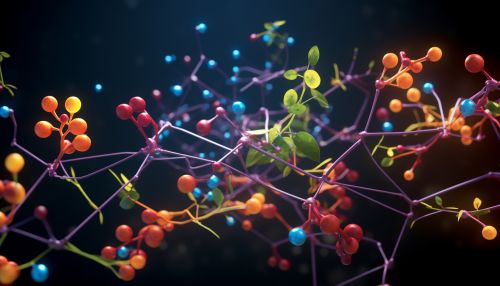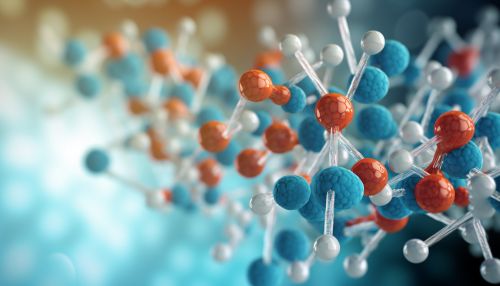The Biological Mechanisms of Plant Response to Osmotic Stress
Introduction
Plants, as sessile organisms, are exposed to a variety of environmental stresses throughout their life cycle. One of the most common and detrimental of these stresses is osmotic stress, which occurs when there is a change in the solute concentration outside the plant cell, leading to a change in the water potential and causing water to move out of the cell. This can lead to dehydration and can severely affect plant growth and development. Understanding the biological mechanisms of plant response to osmotic stress is crucial in developing strategies to improve plant tolerance to such conditions.
Osmotic Stress in Plants
Osmotic stress is a type of abiotic stress that plants experience when they are exposed to conditions that alter the osmotic potential of their cellular environment. This can occur due to changes in soil water availability, salinity, or temperature, which can affect the concentration of solutes in the soil solution and thus the osmotic potential. Osmotic stress can lead to cellular dehydration, reduced cell expansion, and impaired plant growth and development.


Cellular Responses to Osmotic Stress
When a plant cell is exposed to osmotic stress, it undergoes a series of cellular responses to maintain its osmotic balance. These responses include changes in cell wall properties, ion homeostasis, and the accumulation of compatible solutes.
Changes in Cell Wall Properties
The plant cell wall plays a crucial role in maintaining cell shape and turgor pressure, which are critical for plant growth and development. Under osmotic stress, the cell wall undergoes modifications to maintain its structural integrity. This includes changes in cell wall composition, such as increased lignification, and changes in cell wall proteins, such as expansins and extensins, which are involved in cell wall loosening and strengthening, respectively.


Ion Homeostasis
Maintaining ion homeostasis is another critical cellular response to osmotic stress. Plants have developed several mechanisms to regulate ion balance under stress conditions. These include the activation of ion channels and transporters, which facilitate the movement of ions across the cell membrane, and the sequestration of excess ions into the vacuole or their extrusion out of the cell.
Accumulation of Compatible Solutes
Compatible solutes are small organic molecules that can accumulate in high concentrations in plant cells without disrupting cellular functions. They play a crucial role in osmotic adjustment, acting as osmoprotectants to help maintain cell turgidity and protect cellular structures from damage caused by dehydration. Examples of compatible solutes include proline, glycine betaine, and sugars such as trehalose and raffinose.


Molecular Responses to Osmotic Stress
At the molecular level, plants respond to osmotic stress through changes in gene expression and protein activity. These changes are regulated by complex signaling networks, which involve various signaling molecules, transcription factors, and other regulatory proteins.
Signaling Molecules
Several signaling molecules are involved in the plant response to osmotic stress. These include reactive oxygen species (ROS), which are produced in response to stress and can act as signaling molecules to trigger stress responses, and phytohormones such as abscisic acid (ABA), which plays a central role in the regulation of stress-responsive gene expression.


Transcription Factors
Transcription factors are proteins that bind to specific DNA sequences and regulate the transcription of target genes. Several transcription factors have been identified as key regulators of plant responses to osmotic stress. These include DREB/CBF, MYB, and NAC transcription factors, which regulate the expression of stress-responsive genes.
Other Regulatory Proteins
In addition to transcription factors, other regulatory proteins also play crucial roles in the plant response to osmotic stress. These include protein kinases and phosphatases, which are involved in signal transduction pathways, and molecular chaperones, which help maintain protein homeostasis under stress conditions.


Conclusion
Understanding the biological mechanisms of plant response to osmotic stress is crucial for developing strategies to improve plant tolerance to such conditions. This knowledge can be applied in plant breeding and genetic engineering to develop crops that are more resilient to osmotic stress, which is particularly important in the face of global climate change and increasing water scarcity.
